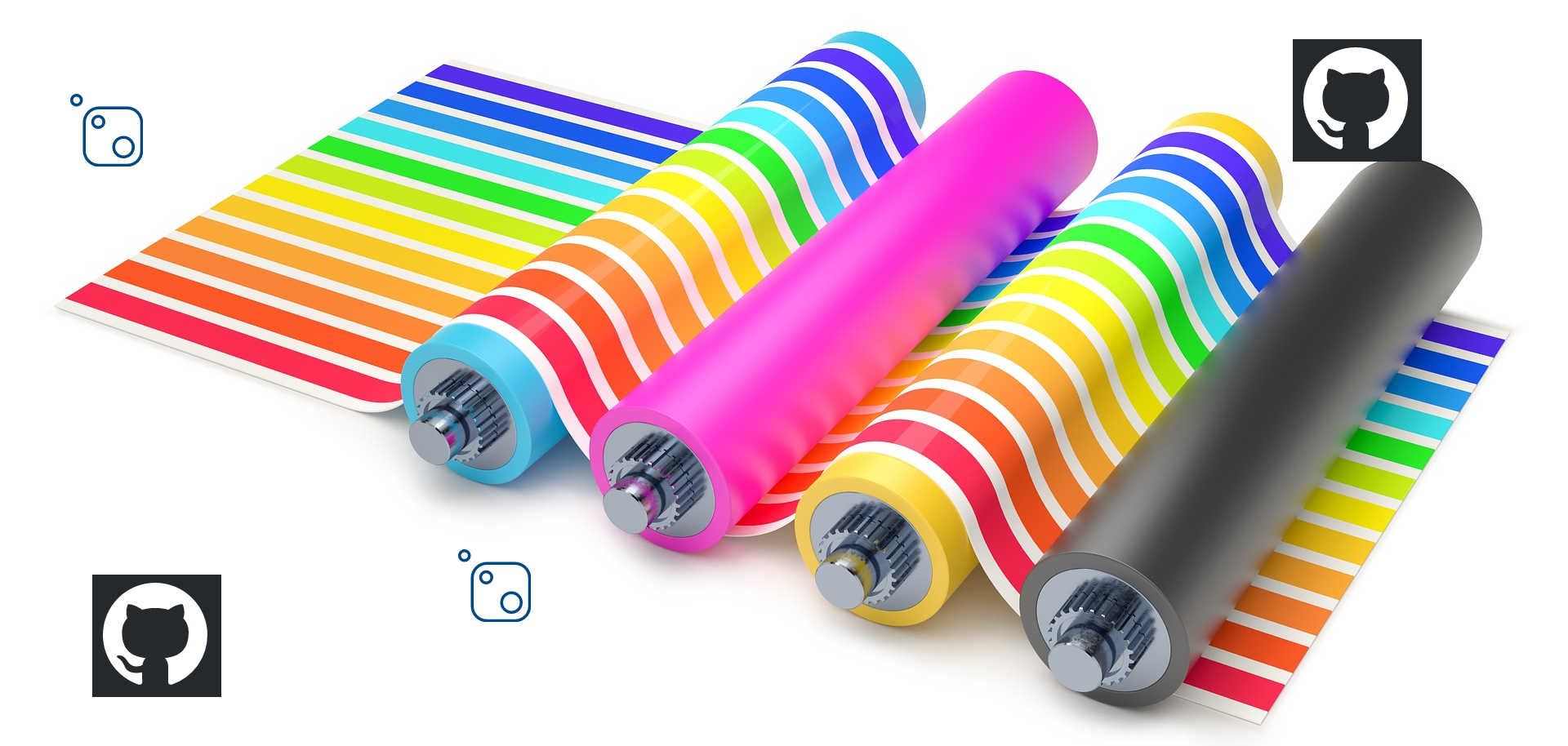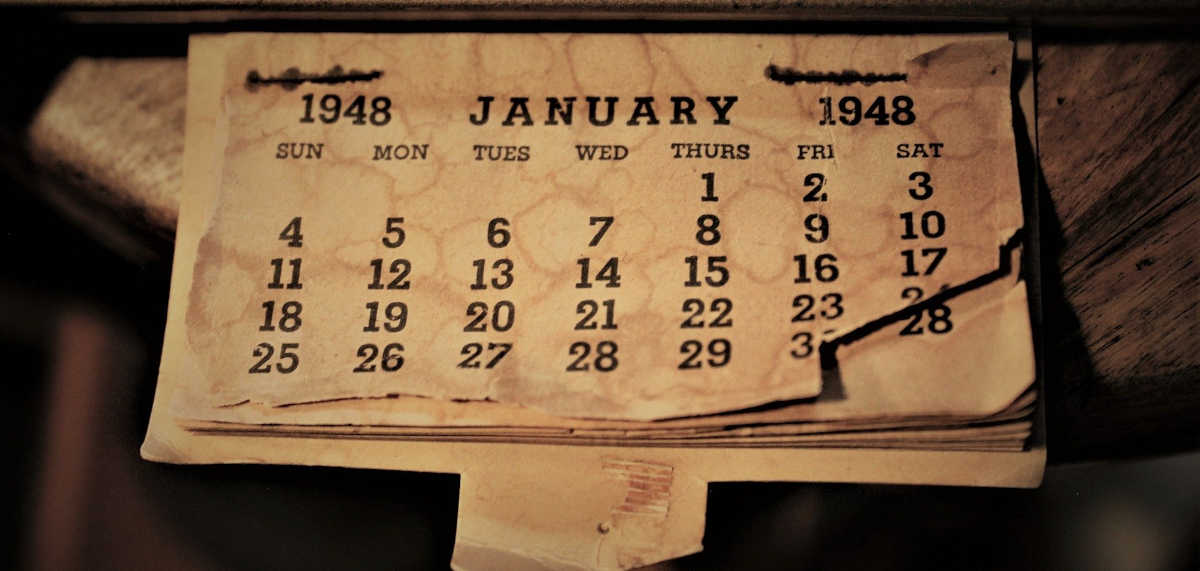As I have mentioned a couple of times, I’ve been creating some reusable Blazor components, to save time on future development. This (rather long) blog post details my journey from innocent newbie to GitHub ninja. Well, maybe not quite that far, but I learnt how to use GitHub actions to build and deploy Nuget packages, and deploy an ASP.NET web site via FTP.
Dot Net What Not Posts
Debunking the Internet myth that this year December (or whatever month is chosen) will have 5 Saturdays, 5 Sundays and 5 Mondays, and how this only happens once every 823 years.
It’s junk, and I proved it using Linq. Afterwards, I realised that I could prove it without Linq, had I only thought about the question first. Still, it was an interesting exercise, both in Linq and in thinking.
I previously blogged about creating a busy indicator in Blazor. That works fine, but there is more we can do. As my loyal reader knows, I have been trying to make my code more functional for some time, and have been using the rather fabulous LanguageExt nuget package to help. One of the most basic, but extremely useful parts of this package is the `Option` monad (oh no, the m-word!). This allows you to handle the case where the data you want doesn’t exist, without having to allow those naughty null references creep in your code. I was wondering how we could handle this in Blazor. GitHub user orthoxerox suggested creating a Blazor component with two render fragments, one for the `Some` case and one for the `None` case. This was simple, but very effective. Whilst playing with this, it occurred to me that we could extend it to combine…
How to create a Blazor component to allow you to have the user confirm an action – all without any JavaScript. Hurray!
I’ve been working on a new Blazor project for a few weeks, and have been bothered by the number of seemingly odd errors reported in the Visual Studio error panel. The main reason they bothered me (other than the unhelpful fact that they all claim to be on line 1 character 1 of the relevant file, which isn’t very helpful) is that the code runs fine. Whilst this has been annoying me, as things were working, I didn’t spend too much time on it.
However, I just ran into another problem, and the solution turned out to solve this one as well.
My frustration at not being able to find some Blazor project templates in Visual Studio, and how I discovered the dumb stupid reason why.
The latest in my vague series of posts about using LinqPad to query the schema of a database, and extract information about the database as a whole. In this case, it was finding the number of rows in each table, and whether any were empty.
How to create a simple (but effective) busy indicator component in Blazor to show your users that their data is being loaded
Inspired by a long-defunct billboard advert, I coded up a Linq expression to find the first 10-digit prime found in consecutive digits of e. This turned out to be disappointingly easy
Ever wondered what the prime factors of your telephone number are? No, nor had I until I read Humble Pi. A throwaway comment there led me to contemplate how to do this in a single Linq statement.
Why? Why not?










Leave a Comment